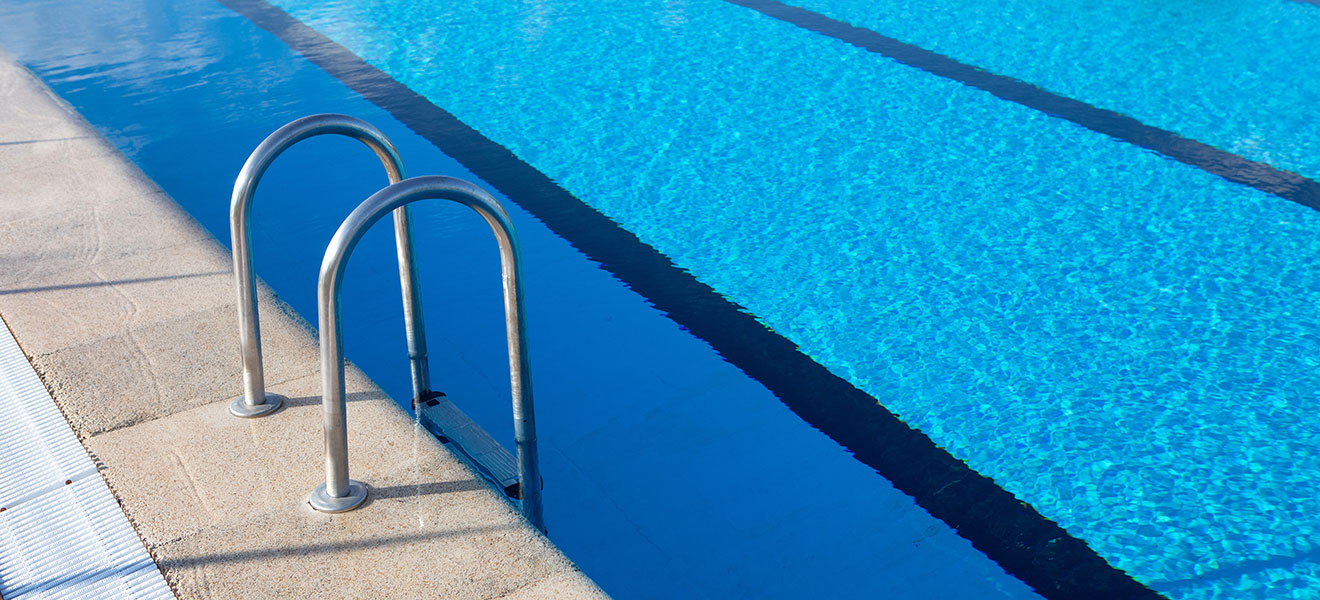Optimal operation of swimming pools – for clean water and safe swimming enjoyment
A clear, hygienically impeccable swimming pool is the basis for safe and enjoyable swimming – both in private and public areas. The quality of the bathing water is determined by a variety of technical and chemical measures. We show you what is important and how to operate your pool optimally.
1. Improve filter performance with flocculants
Normal filter systems are often unable to adequately retain the smallest dirt particles. By adding flocculants (e.g. aluminium sulphates), these particles are bound into larger flocs that can be retained more efficiently in the filter. The result: clearer water and fewer suspended solids.
Important:
Choosing the right flocculant depends on the water hardness and pH value. In private households, flocculants can also be used in tablet form. However, an overdose can cause the water to become cloudy and milky.
2. Disinfection – effective protection against germs
Bound oxygen is used to kill germs – usually in the form of chlorine products such as sodium hypochlorite (NaOCl) or chlorine gas (Cl₂). These form hypochlorous acid (HOCl), which releases oxygen and destroys microorganisms.
By regulating the pH value to around 7.0, the disinfecting effect can be significantly increased.
Alternatives:
Active oxygen based on hydrogen peroxide (H₂O₂) is odourless and does not cause carcinogenic by-products such as trihalomethanes (THM). Due to its instability, it is usually stabilised with complexing agents and dosed in a time-controlled manner. UV disinfection can be used as a supplement.
3. Multi-layer filters for organic residues
Organic substances and chlorine degradation products such as chlorates and THMs can be removed much more effectively by multi-layer filters with activated carbon inserts than by pure sand filters. This method is particularly suitable for larger systems.
4. Regular monitoring and maintenance
The water quality must be checked regularly – e.g. by determining the pH value, redox potential, free chlorine and bound chlorine. A redox value above 750 mV is considered a guideline value for good disinfection performance.
Maintenance requirements according to DIN 19643:
-
Filter technology: at least once a year
-
Measurement, control and regulation technology (BMSR): at least twice a year
5. Recommended water values at a glance
| Parameter | Target value |
|---|---|
| pH value | 6.5 – 7.6 |
| Redox potential | > 750 mV |
| Free chlorine | 0.3 – 0.6 mg/l |
| Bound chlorine | < 0.2 mg/l |
| Active oxygen | 35 mg/l |
| Colony-forming units | < 100/ml |
| Iron (filling water) | < 0.1 mg/l |
| Manganese (filling water) | < 0.005 mg/l |
| Ammonium (filling water) | < 0.2 mg/l |
| Polyphosphate (filling water) | < 0.005 mg/l |
6. Conclusion
Well-planned and regularly maintained swimming pool technology is the basis for hygienic, safe and clear water. Targeted measures such as flocculation, pH control, suitable disinfection methods and regular checks ensure long-term quality and safety – for unadulterated swimming fun.
 DE
DE  EN
EN 
